Take the First Step For Estimate!
- Accurancy
- Efficiency
- Transparency
- Customization
- Time Saving
- Professionalism
- Cost Control
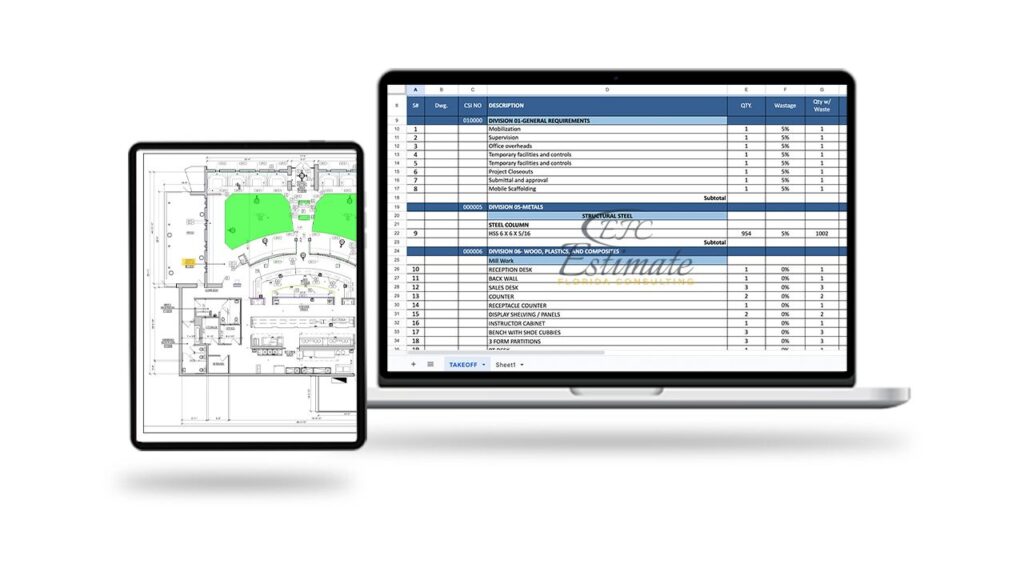
At Estimate Florida Consulting, we specialize in providing comprehensive estimates for sprinkler system installation in warehouses. The total cost for installing a sprinkler system in a warehouse typically falls within the range of $1.95 to $4.95+ per square foot of coverage. For a warehouse the installation cost could range from $10,000 to $140,000+. Our team understands the importance of fire safety in warehouse environments and is committed to providing accurate and reliable cost estimations tailored to our client’s needs.

From determining the appropriate type of sprinkler system to assessing the size and layout of the warehouse, we ensure that every aspect is carefully considered to provide an estimate that meets both safety requirements and budget constraints.

Here’s the installation cost per square foot for sprinkler systems in warehouses, categorized by type:
Type of Sprinkler System | Cost Range per sq.ft. |
Wet Pipe Sprinkler System | $1.95 – $3.00+ |
Dry Pipe Sprinkler System | $2.63 – $3.30+ |
Pre-action Sprinkler System | $3.30 – $3.75+ |
Deluge Sprinkler System | $3.90 – $4.35+ |
Foam Water Sprinkler System | $4.50 – $4.95+ |
Design and engineering are critical components of a fire suppression system installation. These professional services involve assessing the specific needs of the warehouse, considering local regulations, and developing a system tailored to the facility’s requirements. The cost for design and engineering typically ranges from $2,000 to $10,000. Investing in this phase is essential to ensure that the system is efficient, effective, and compliant with safety standards. Professionals in this stage work to optimize the system’s design, minimizing unnecessary expenses while maximizing safety and functionality.
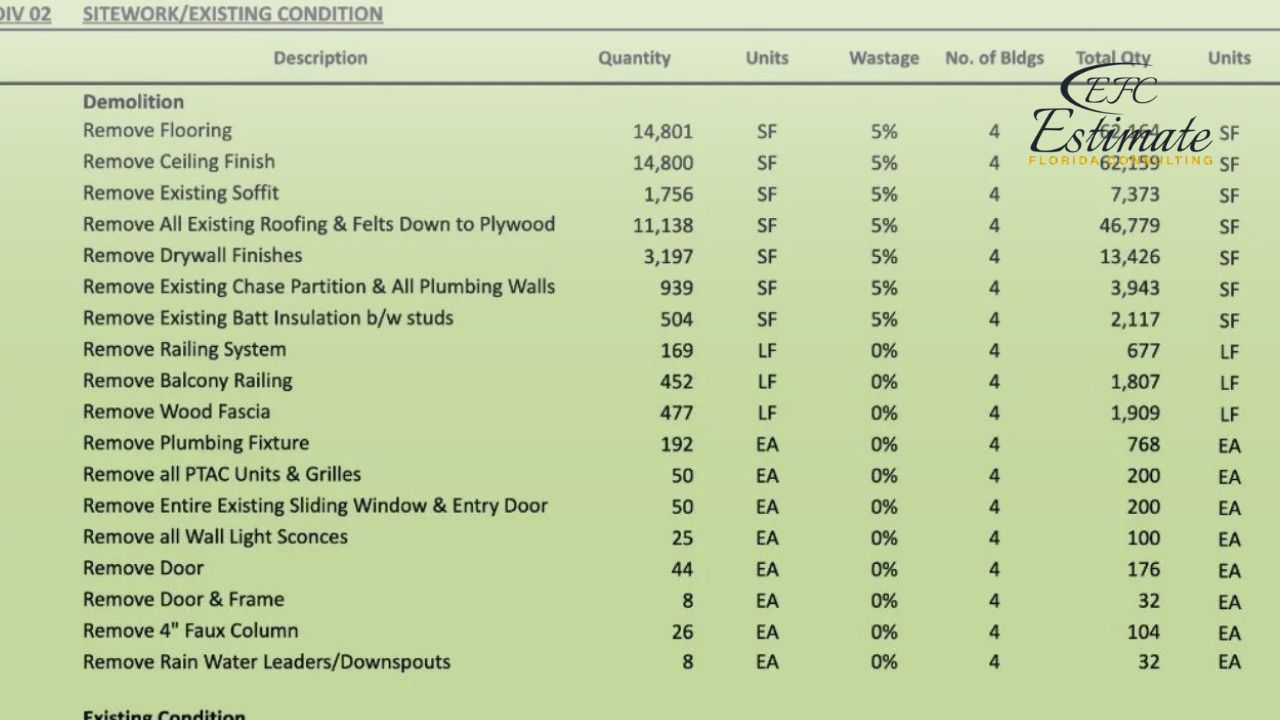
ZIP Code Based Estimate
Highly Accurate
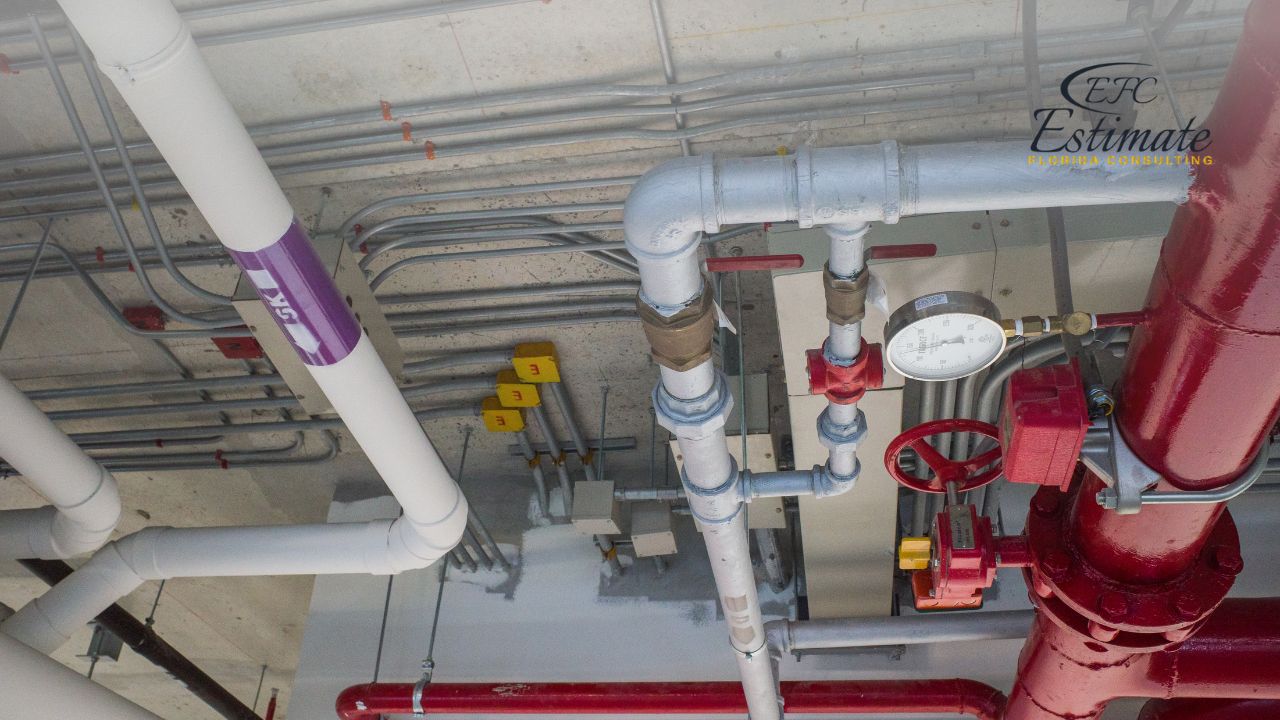
Fully Insured License
Hire Contractor for Warehouse
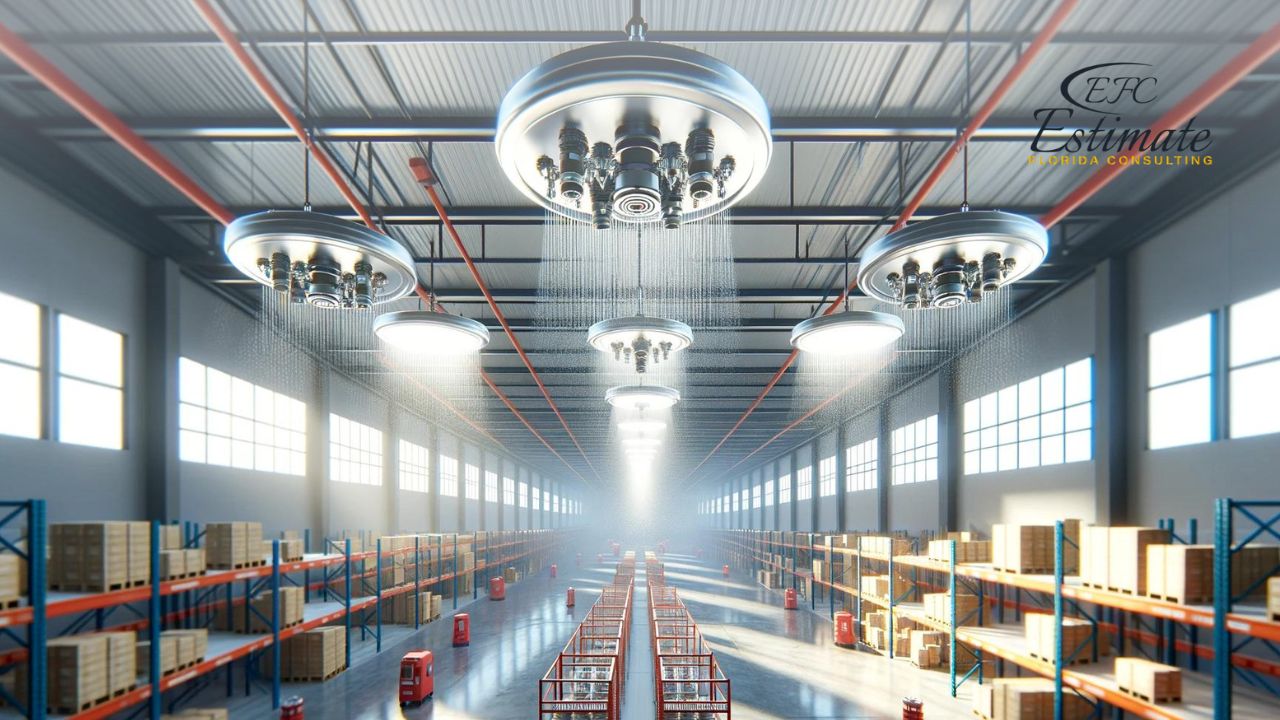
Make Informed Design Decisions Showcase Your Design Ideas
Get RenderingThe materials required for a fire suppression system in a warehouse encompass various components, each contributing to the system’s overall effectiveness. These components include sprinkler heads, piping, and related materials. Sprinkler heads, which are a crucial part of the system, can cost between $1 to $2.50 per square foot of covered area, depending on factors like type, specifications, and design requirements. Piping, another essential element, comes with varying price tags, ranging from $1 to $5 per linear foot. The price fluctuates based on the chosen material, such as steel, copper, or CPVC, and market prices. Selecting the appropriate materials is essential for ensuring the system’s durability, reliability, and performance.
Skilled labor plays a pivotal role in the successful installation of a fire suppression system. Labor costs can vary significantly by region and the complexity of the installation. On average, installation labor costs range from $5 to $20 per square foot. The intricacy of the project, including factors like high ceilings, complex layouts, or specialized storage needs, can influence labor costs. Experienced installers ensure that the system is correctly set up, configured, and tested for optimal functionality. Choosing the right team of professionals is crucial to minimize labor expenses while maintaining the system’s effectiveness and compliance with safety standards.
Obtaining the necessary permits and undergoing inspections are non-negotiable aspects of fire suppression system installation in warehouses. Permitting fees and the costs associated with inspections can add $500 to $2,000 or more to the project’s total cost. These expenses are essential to ensure that the system complies with local regulations and safety standards. Local authorities and fire safety experts play a crucial role in reviewing and approving the system’s design and installation. Compliance with these requirements is vital for both safety and legal compliance, making the cost of permits and inspections an integral part of the overall budget.
The size and layout of the warehouse directly impact the number and placement of fire hydrants required. Larger warehouses with extensive square footage may necessitate more hydrants to ensure adequate coverage. Additionally, warehouses with intricate layouts, multiple levels, or storage configurations that obstruct access to hydrants may require specialized installation techniques, which can increase costs. It’s essential to conduct a thorough assessment of the warehouse’s dimensions and layout to determine the optimal placement and quantity of hydrants for effective fire protection.
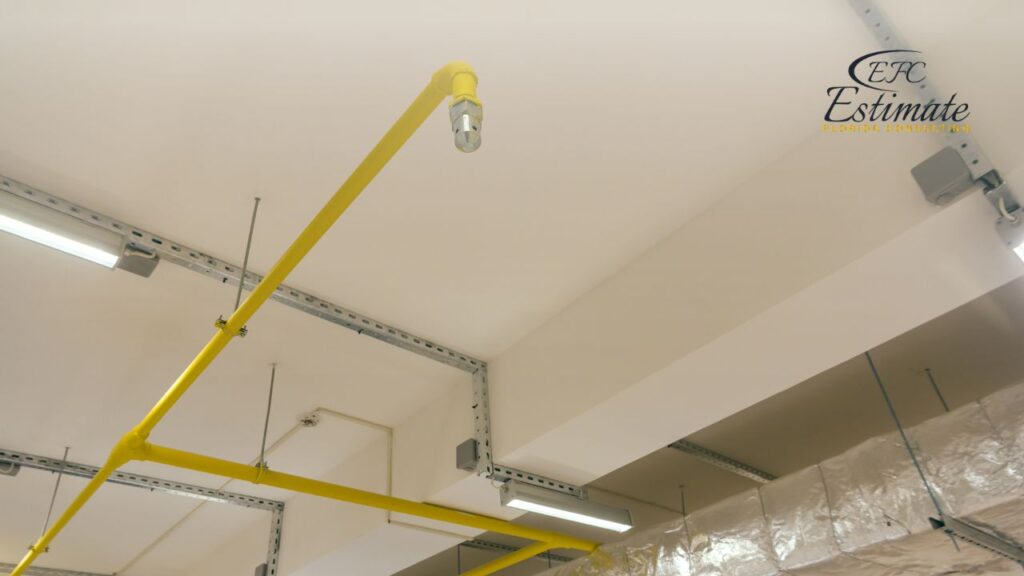
When considering the installation of sprinkler systems in warehouses, it’s crucial to account for the size of the facility, as it significantly impacts associated expenses. The size of the warehouse determines the complexity of the installation and the type of sprinkler system required. As the warehouse size increases, the requirements for coverage and system complexity also escalate. Therefore, it’s essential to consult with professionals to determine the most suitable sprinkler system for the warehouse’s unique needs. They can provide accurate estimations tailored to the specific size and layout of the warehouse, ensuring optimal fire safety measures are in place.
Warehouse Size (Square Feet) | Wet Pipe Sprinkler System (Cost) | Dry Pipe Sprinkler System (Cost) | Pre-action Sprinkler System (Cost) | Deluge Sprinkler System (Cost) | Foam Water Sprinkler System (Cost) |
Less than 5,000 | $9,100 – $14,000 | $12,250 – $15,400 | $15,400 – $17,500 | $18,200 – $20,300 | $21,000 – $23,100 |
5,000 – 10,000 | $15,050 – $21,000 | $20,125 – $23,100 | $23,100 – $26,250 | $27,300 – $30,450 | $31,500 – $34,650 |
10,000 – 20,000 | $23,800 – $35,000 | $31,850 – $38,500 | $38,500 – $43,750 | $45,500 – $50,750 | $52,500 – $57,750 |
20,000 – 50,000 | $35,700 – $56,000 | $47,775 – $69,300 | $69,300 – $78,750 | $81,900 – $91,500 | $94,500 – $104,700 |
More than 50,000 | $58,800 – $92,400 | $78,750 – $115,500 | $92,400 – $105,000 | $109,200 – $121,800 | $126,000 – $138,600 |
New projects are waiting for you.
Connect with more construction leads!
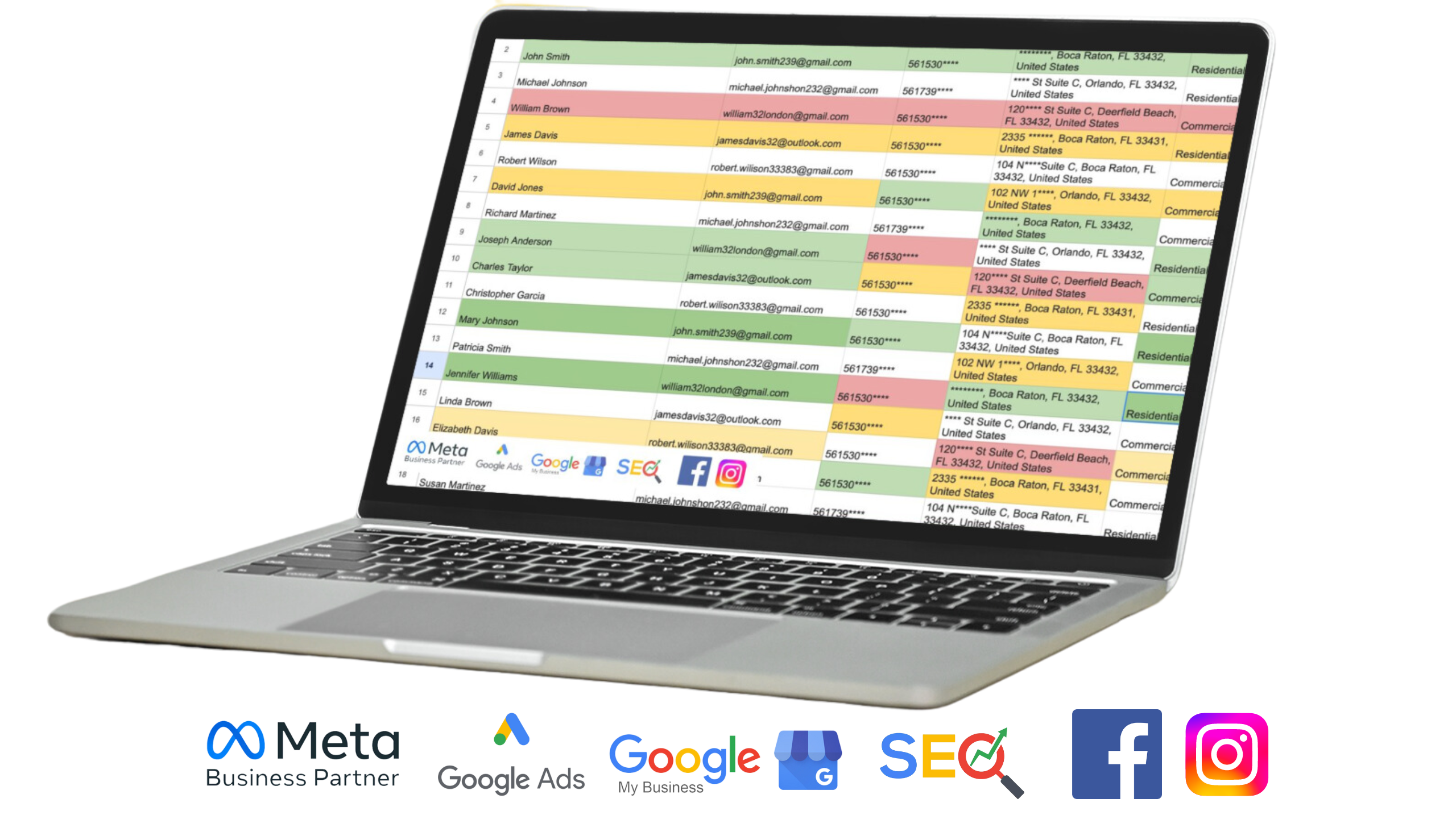
Optimizing the design of a fire suppression system is a fundamental cost-saving strategy. Collaborating with experienced fire protection engineers ensures that the system meets safety standards efficiently without unnecessary over-specification. These professionals conduct thorough risk assessments, taking into account the warehouse’s specific needs, layout, and stored materials. By tailoring the system to precise requirements, over-engineering and unnecessary expenses can be avoided. The goal is to strike a balance between safety and cost-effectiveness, ensuring that every component of the system serves a critical purpose. Engaging experts in system design ensures that your investment is cost-effective while delivering the necessary protection for your warehouse and its occupants.
Choosing the right materials is paramount when managing costs for a fire suppression system. It involves finding a balance between cost, durability, and compliance with fire safety standards. While it may be tempting to opt for the least expensive materials, it’s crucial to consider their long-term performance and the specific requirements of your warehouse. Cheaper materials that do not meet safety standards or have a shorter lifespan may result in higher costs down the road due to repairs, replacements, or non-compliance fines. Collaborate with professionals who can guide you in selecting materials that offer the best value for your investment, ensuring that your system is both cost-effective and reliable.
For large warehouses with expansive square footage, the cost of implementing a fire suppression system can be substantial. To manage these costs effectively and improve cash flow management, consider a phased installation approach. Instead of installing the entire system at once, the implementation is spread out over multiple phases. This strategy allows for the gradual allocation of budget resources while ensuring that the warehouse remains partially protected throughout the process.
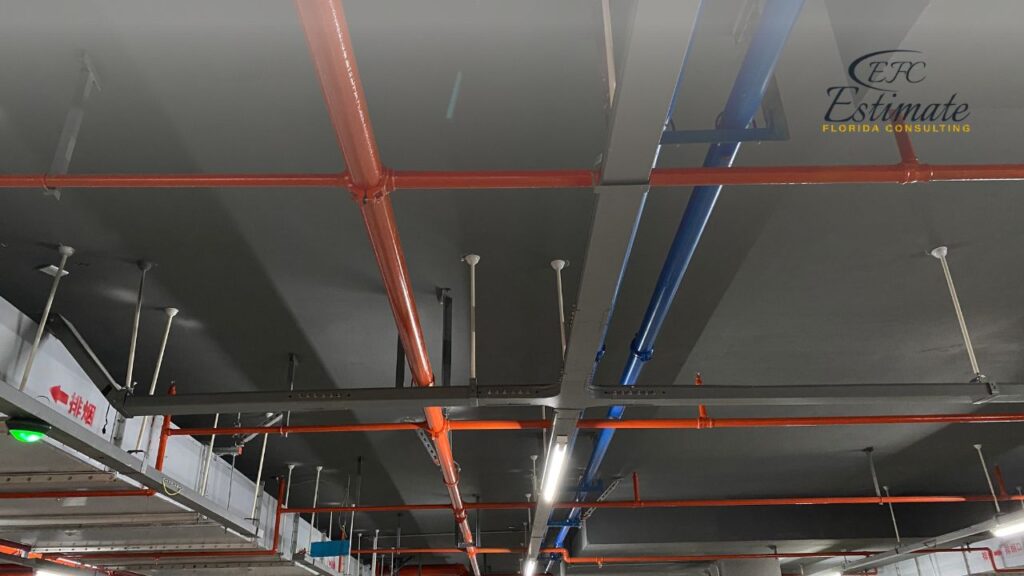
Phased installation provides flexibility in scheduling and budgeting, allowing warehouse owners to address critical areas first and gradually expand the system as resources become available. It is a practical solution for warehouses with budget constraints or those seeking a strategic approach to system installation.
To maximize cost savings, it’s essential to obtain multiple quotes for both materials and labor. Competitive bidding allows you to compare offers from different suppliers and contractors, ensuring that you secure competitive pricing. By evaluating these quotes on a like-for-like basis, you can identify cost-effective options without compromising on quality or safety. This strategy empowers warehouse owners to make informed decisions while keeping installation costs in check. It also encourages suppliers and contractors to offer competitive rates, resulting in better value for your investment.
Investing in a regular maintenance plan is a proactive strategy to manage long-term costs associated with fire suppression systems. A well-implemented maintenance schedule includes routine inspections, servicing, and testing to detect and address issues before they escalate into costly repairs or system replacements. Preventive maintenance not only extends the lifespan of the system but also reduces the likelihood of unexpected breakdowns and the associated expenses. Establishing a proactive maintenance schedule and allocating budget resources for regular servicing and testing is essential for ensuring the ongoing reliability and performance of the system. Additionally, a well-maintained system tends to have a longer lifespan, reducing the need for premature replacements and saving significant costs over time.
The choice of fire suppression system type is a primary factor influencing installation costs. Different systems have varying levels of complexity and associated expenses. Wet pipe sprinkler systems are generally the least expensive option, as they consist of a network of pipes filled with water that are activated by heat. On the other hand, pre-action and deluge systems are more complex and therefore tend to be costlier. Pre-action systems require additional detection mechanisms and are used in environments where false activations could be problematic. Deluge systems release a large volume of water rapidly and are suitable for high-hazard areas. The choice of system type should align with the specific needs of the warehouse, and the associated installation costs should be considered in the budgeting process.
Let us take your project to the next level! Send us your plans, and we’ll provide a detailed estimate with competitive pricing. Our ZIP Code-based approach means better accuracy and a 90% higher chance of winning bids. Get personalized, no-shortcut service every time.
The size and layout of the warehouse significantly impact installation costs. Larger warehouses naturally require more extensive fire suppression systems to provide adequate coverage. This entails the installation of additional piping, sprinkler heads, and other components, all of which contribute to increased material and labor costs. Additionally, warehouses with complex layouts, multiple levels, or unconventional storage configurations may pose unique challenges for system installation. Specialized techniques and additional labor may be necessary to ensure comprehensive coverage and compliance with safety standards. Therefore, conducting a thorough assessment of the warehouse’s dimensions and layout is essential for accurately estimating installation costs.
The cost of materials, including piping, sprinkler heads, and related components, is a significant factor in installation costs. The price of these materials can vary based on several factors, such as the quality, specifications, and quantity required for the warehouse environment. Choosing materials that meet both safety standards and budget constraints is crucial. While it may be tempting to opt for lower-cost materials, it’s essential to consider their long-term performance and durability. Cheaper materials that do not meet safety standards or have a shorter lifespan may result in higher costs in the form of repairs, replacements, or non-compliance fines down the road. Therefore, selecting the right materials that strike a balance between cost and quality is essential for managing installation expenses effectively.
Compliance with local fire safety codes and regulations is a non-negotiable aspect of fire suppression system installation. Local authorities often dictate specific requirements for system design, equipment selection, and maintenance standards. Adhering to these standards is crucial for ensuring the safety of the warehouse and its occupants and avoiding potential legal consequences and fines for non-compliance. The need to meet these regulatory requirements can impact the system’s design and material requirements, influencing the overall installation cost.
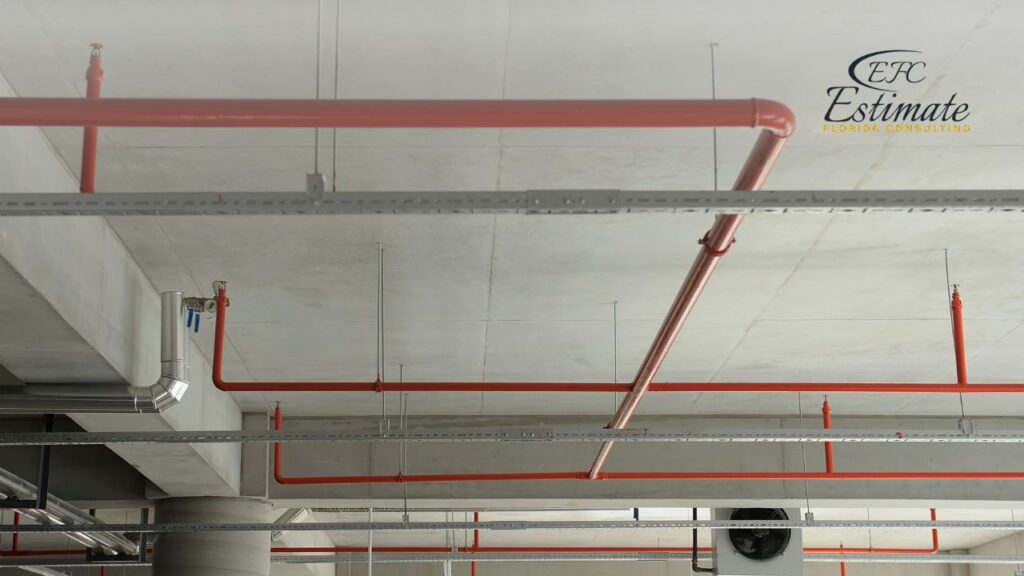
Collaborating with local fire safety experts and authorities during the planning and design phases is essential to ensure compliance and account for any associated costs when estimating the budget for a fire suppression system.
Labor costs play a significant role in determining the overall installation expenses of a fire suppression system. Skilled labor rates can vary widely by region, impacting the total cost of installation. Additionally, the complexity of the installation itself can influence labor costs. Warehouses with intricate layouts, high ceilings, or unique storage configurations may require more labor-intensive work, driving up installation expenses. Engaging experienced professionals who can efficiently manage the installation process and address any challenges can help minimize labor costs and ensure a successful project. Evaluating local labor rates and considering the complexity of the installation is essential for accurately estimating labor expenses and overall installation costs.
Sprinkler system installation is a significant but necessary investment in warehouse safety. By understanding the factors that influence installation costs and employing effective cost management strategies, warehouse owners can ensure their property is protected against fire risks in the most cost-effective manner. Proper planning and consultation with fire protection professionals are key to achieving a balance between safety and budgetary constraints.
The cost of installing sprinkler systems depends on factors such as the type of system chosen and the size of the warehouse. For instance, Wet Pipe Sprinkler Systems typically range from $21,600 to $72,000+ in installation costs.
Choosing the right sprinkler system depends on factors such as the warehouse layout and contents. Wet Pipe Sprinkler Systems offer reliable coverage, while Dry Pipe Sprinkler Systems are suitable for freezing environments.
The cost per square foot for sprinkler system installation varies based on the type of system. For example, Wet Pipe Sprinkler Systems may range from $1.95 to $3.00+ per square foot.
Larger warehouses typically incur higher installation costs due to increased coverage requirements and system complexity. For instance, installation costs for Wet Pipe Sprinkler Systems in warehouses more than 50,000 square feet could range from $58,800 to $92,400.
Sprinkler systems require regular maintenance to ensure they function correctly in the event of a fire. This includes routine inspections, testing, and repairs as needed. Engaging with qualified professionals for maintenance services can help prolong the lifespan of the system and ensure it remains compliant with safety standards.
Here I am going to share some steps to get your sprinkler system installation cost for warehouses estimate report.
You can send us your plan on info@estimatorflorida.com
Before starting your project, we send you a quote for your service. That quote will have detailed information about your project. Here you will get information about the size, difficulty, complexity and bid date when determining pricing.
Our team will takeoff and estimate your project. When we deliver you’ll receive a PDF and an Excel file of your estimate. We can also offer construction lead generation services for the jobs you’d like to pursue further.

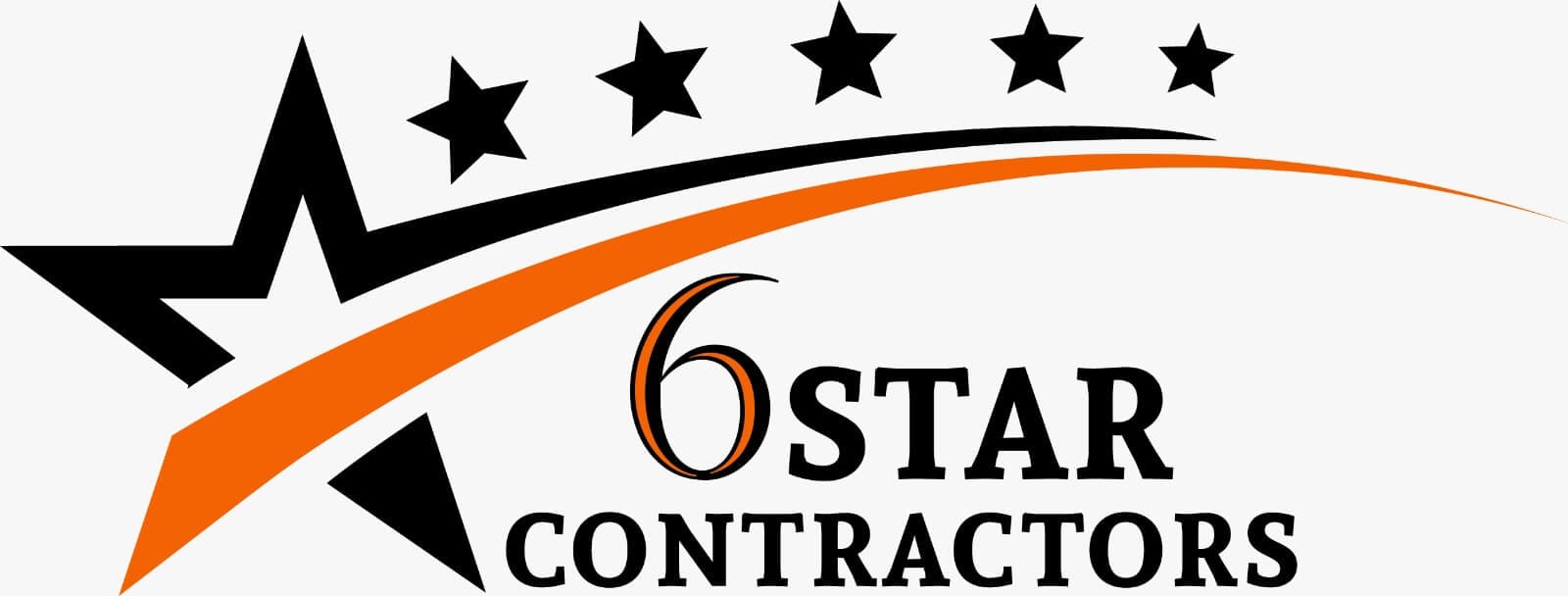

561-530-2845
info@estimatorflorida.com
Address
5245 Wiles Rd Apt 3-102 St. Pete Beach, FL 33073 United States
561-530-2845
info@estimatorflorida.com
Address
5245 Wiles Rd Apt 3-102 St. Pete Beach, FL 33073 United States
All copyright © Reserved | Designed By V Marketing Media | Disclaimer